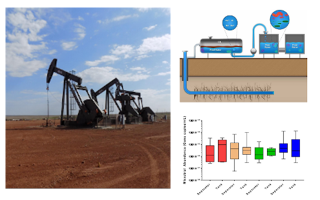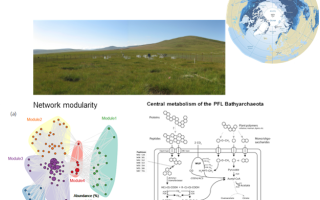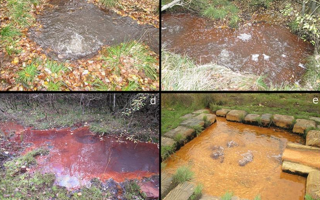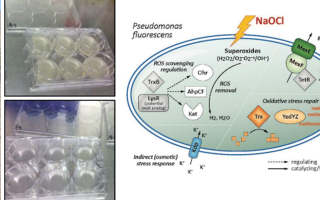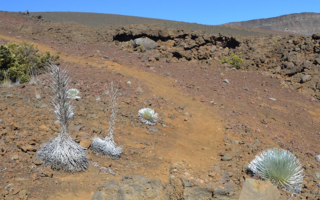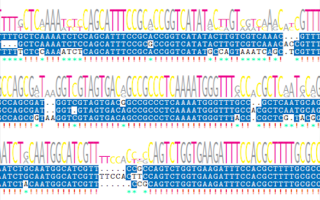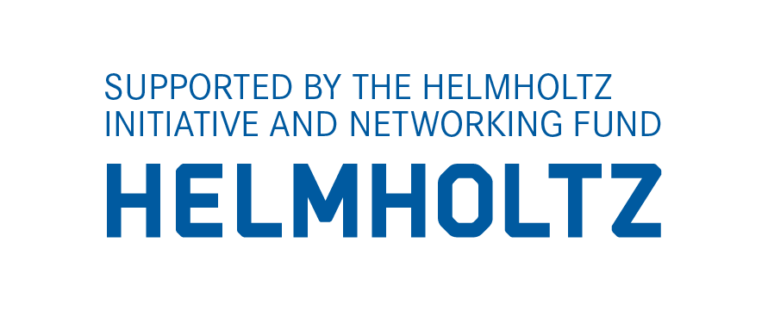Deep Biosphere
- Reconstruction of Microbial distribution patterns across a 230m terrestrial subsurface drill core
- Application of specifically adapted laboratory and bioinformatic workflows for low biomass environments
- Amplicon and metagenomic based taxonomy analysis
- MAG recovery and annotation allowed detection and characterization of CO2 utilizing methanogenic and chemolithotrophic microorganisms
- Statistical evaluation provided insights into microbial co-occurrence patterns and bio-geo interactions
Case Study Deep Biosphere
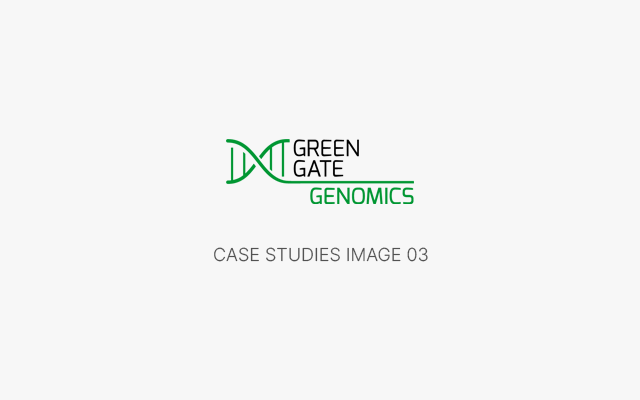
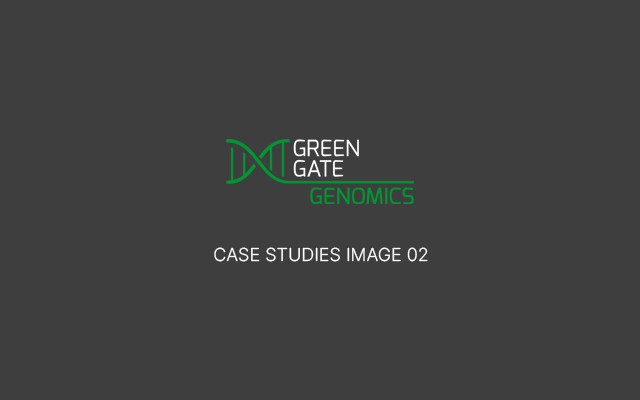

Project Topic:
Microbial utilization of CO2 in the terrestrial subsurface
Project Partner:
GFZ Deutsches Geoforschungszentrum Potsdam
Location:
Eger Rift mofette field in the Czech Republic
Sample type:
Sediment and rock cores, mofette and spring waters
Target Molecule:
DNA
Laboratory Analysis:
16S rRNA and metagenomic sequencing of rock, water and enrichment samples
using Illumina and Oxford Nanopore Technology
Bioinformatic Analysis:
Basecalling, taxonomic classification, assembly and binning, genome quality
assessment, annotation, metabolic pathway reconstruction
Summary:
Specifically adapted laboratory and bioinformatic workflows allowed the reconstruction of microbial distribution patterns down to a depth of 230 m across this, difficult to work with, low biomass environment. Metagenomic genome recovery allowed the detection and characterization of CO2 utilizing methangenic and chemolithotrophic mcirroganismans. Statistical evaluation provided insights into microbial co-occurrence patterns and bio-geo interactions.
More details:
https://www.frontiersin.org/articles/10.3389/fmicb.2018.02787/full
https://www.frontiersin.org/articles/10.3389/fmicb.2020.543260/full
https://www.frontiersin.org/articles/10.3389/fmicb.2017.02446/full
